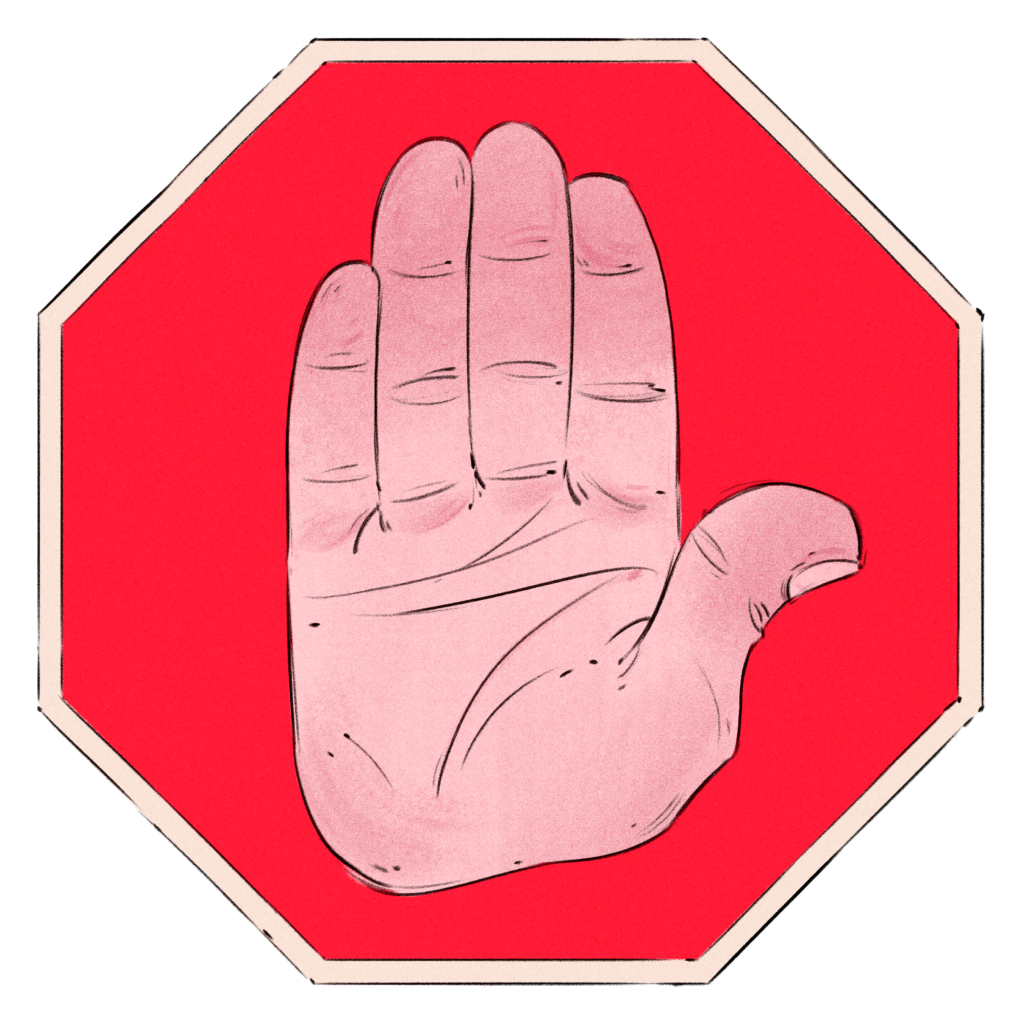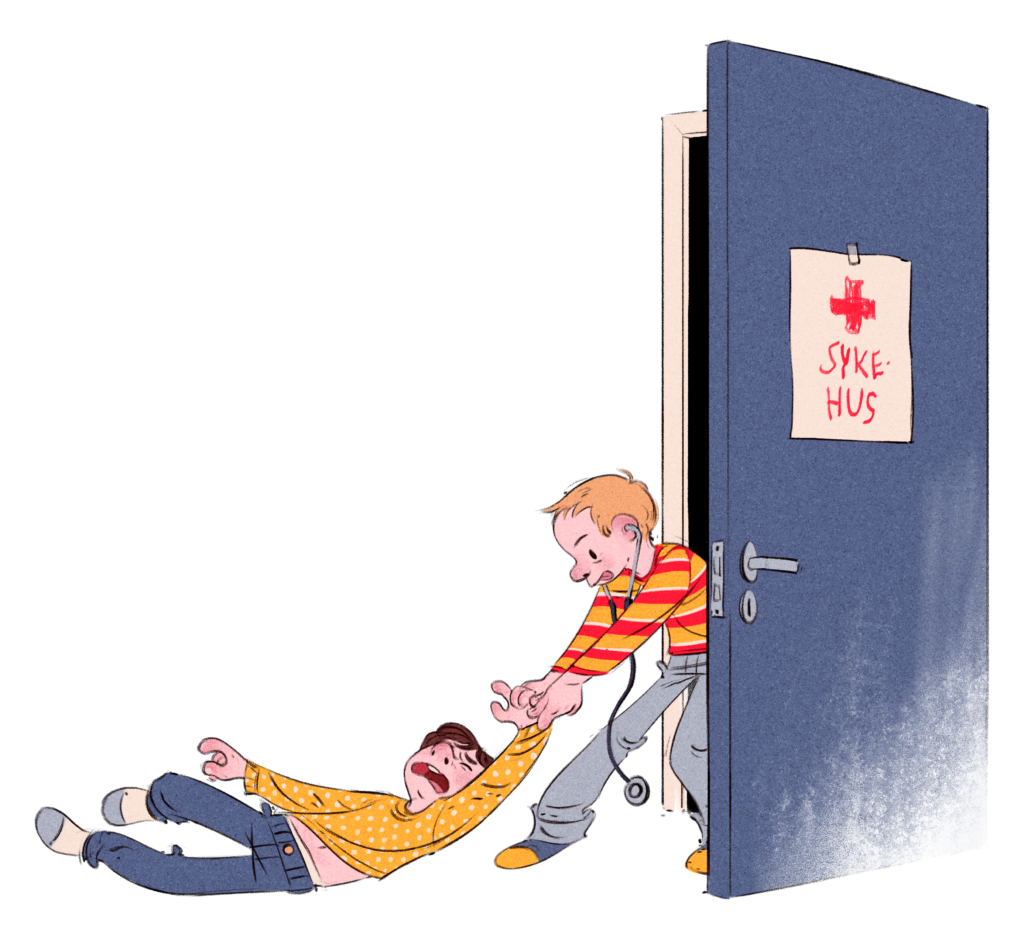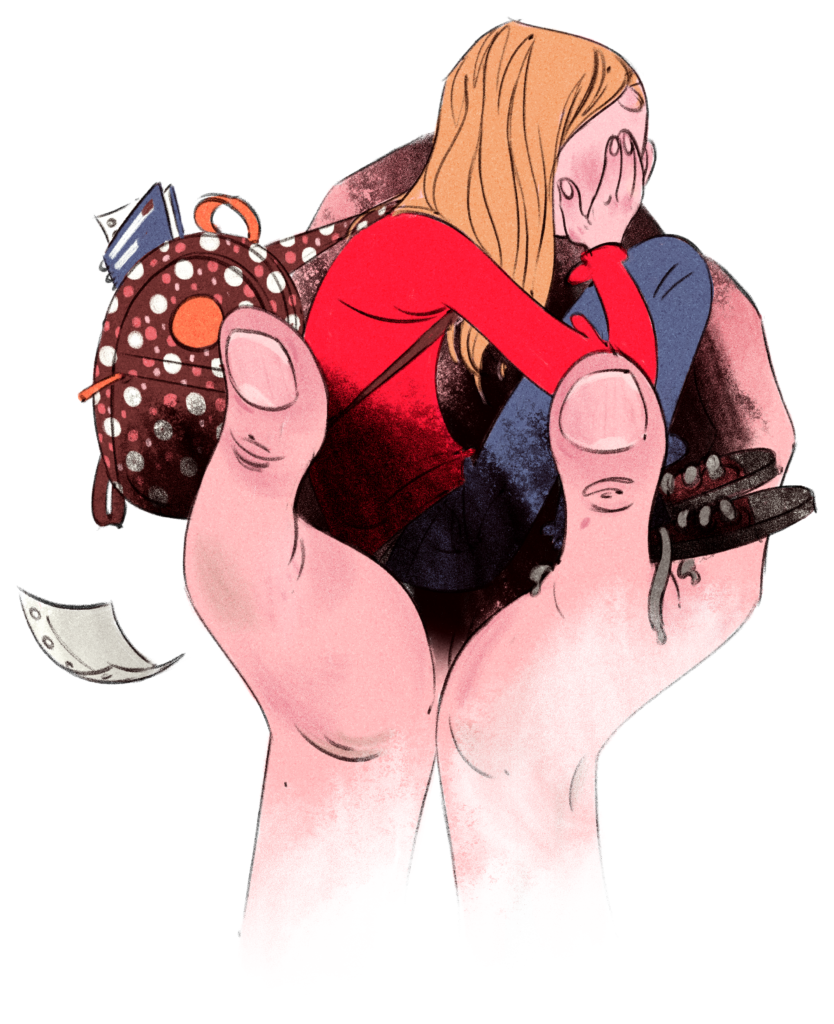Harmful sexual behaviour
Harmful sexual behaviour is harmful both to the child it is inflicted on and the child displaying it, and requires immediate attention and reaction from adults.

Harmful sexual behaviour can often be characterised as being excessive, secretive, violating, forceful, regressive or threatening.
Some characteristics of sexual behaviours which cause harm:
Harmful sexual behaviours – examples
Children under 5 years
Children between 5 – 9 years
Children between 9 – 12 years
Children between 13 – 18 years
For additional examples of harmful sexual behaviours, refer to “Trafikklyset” in Norwegian. Additionally, explore the “Sexual Behaviours Traffic Light Tool” created by Brook, and the “Traffic Lights tool” developed by TRUE (True Relationships & Reproductive Health) for comparable resources in English.
Characteristics of harmful sexual behaviour in children and young people
There may be several causes as to why children display harmful sexual behaviour.
It can be the result of unfortunate sexual experimentation, or maybe a reaction caused by emotional, physical or sexual assault or neglect. Some display this behaviour after having been shown or seen a lot of pornography, or after adults have had sexual intercourse in front of them. Others are more impulsive in their actions, with no apparent instigator or premeditative planning.
The problematic or harmful sexual behaviour is often only one of several issues (behavioural issues, psychological or neurological problems) the adolescent is dealing with, and must be understood as such; in context, rather than as “its own thing”. There are, however, a significant percentage of adolescents who are not otherwise troubled, and whose cognitive and social functions fall within the normal part of the spectrum.

The proplem as a whole
When children and young people display sexual behaviour capable of hurting others or themselves, the adults have a duty to react and provide help and protection. Certain children and young people are more vulnerable to developing – or falling victim to – this unacceptable behaviour. Examples are children with different handicaps, or who have been victims of violence, assault or negligence, children from low socio-economic backgrounds or with stunted development or socialisation.
Most children will not reoffend
Most children will not repeat the harmful sexual behaviour if they are given clear boundaries and have the potential consequences of such behaviour explained to them; how it affects both the violated party and themselves. Some adolescents will need further counselling in how to manage and master social interaction, sexual emotions, rejection by peers, and guilt/shame about having committed a sexual violation. Nurses, teachers and other health care personnel can also assist the children in these matters.
The need for something extra
A few of those who commit sexual violations will continue displaying the behaviour, and need more comprehensive help and assistance.
Harmful sexual behaviour is harmful both to the child it is inflicted on and the child displaying it, and indicates a need for an immediate reaction from adults.

Managing problematic and harmful sexual behaviour
Read more about managing problematic and harmful sexual behaviour here.
